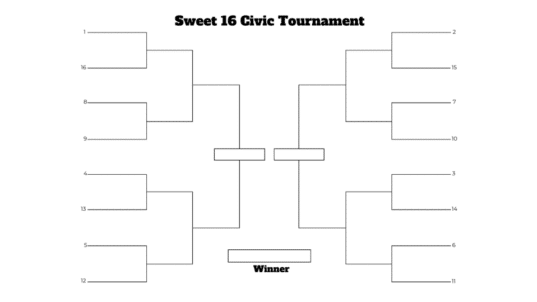
Photo by Olya Kobruseva from Pexels
Professor Jens Sigmund had used class discussions in is courses for years. He noticed that the way he framed questions had a major impact on the success of the discussions. However, he wasn’t sure how best to frame the questions or the sequence to be discussed. The closure of campus due to the COVID-19 virus and moving discussions to an online format gave him an opportunity to test how best to frame questions for discussions. The discussions were recorded and Sigmund could review the discussions in detail.
Sigmund taught a class on the American presidency. The topic of discussion he wanted to experiment with was the limits of presidential power. He developed four questions to test.
- Question 1: Do you believe the President should have powers that extend beyond those of the Congress and/or the Supreme Court?
- Question 2: When, if ever, might the President need to act without consulting the Congress or without following rulings of the Supreme Court?
- Question 3: How comfortable are you at getting advice from others on important issues when you are the one who would be held responsible for the outcome?
- Question 4: What do you think are the relevant factors in determining the limits of presidential power?
He gave each group the questions, and the order he wanted them to be discussed.
When Sigmund reviewed the discussions, he came to several generalizations about the nature of the questions and the sequence that seemed to work best. As the class discussions continued, he tested his generalizations. By the end of the semester, he felt somewhat comfortable that the generalizations were valid. The generalizations he developed were as follows:
- Starting discussions with a personal question (Question 3) seems to make the participants more comfortable since there is no right or wrong answer. When each person is asked to contribute a personal response, they are more open to sharing their thoughts on other questions.
- Moving from a personal question to a background question (Question 4) helps develop a common frame of reference for the discussions. The background question also begins to develop the various dimensions of the issue being discussed.
- Exploratory questions work best when they can be answered as possibilities not as absolutes. Question 2 was framed as “what might” rather than as simply “when.” The “might” suggests possibilities rather than “musts.”
- Closed-ended questions calling for a declarative answer do not work very well for stimulating discussions. Question 1 was a discussion stopper. There was nowhere to go after people answered this question. Generally these types of questions should be avoided.
- The sequence of questions that seemed to work best was: personal, background, exploratory.
- There might be several exploratory questions needed for a full discussion.
As Sigmund thought about his generalizations, he made a personal vow to continue testing them and adding new generalizations as warranted. What types of questions have worked well for your discussion experiences? What sequence of question types have you found to be effective?
* * *
“Good teaching is creating really interesting generalizations out of war stories.” – Derek Bok (retired President of Harvard University)
This post is part of our “Think About” education series. These posts are based on composites of real-world experiences, with some details changed for the sake of anonymity. New posts appear on Wednesdays.



